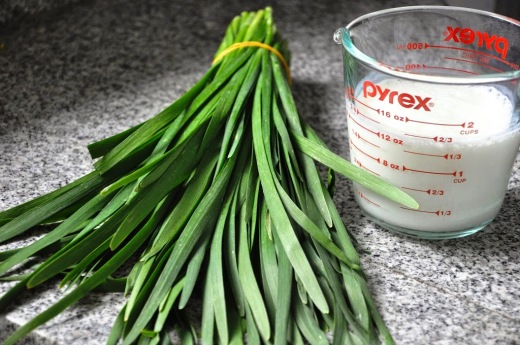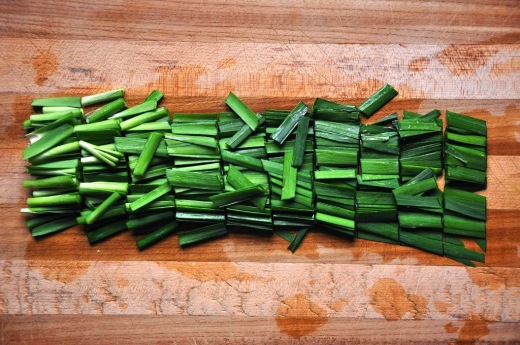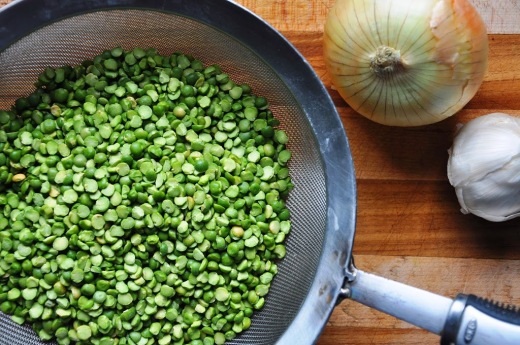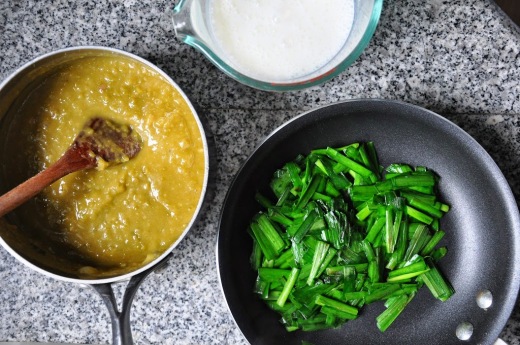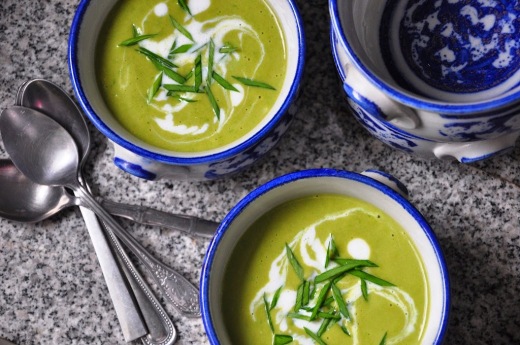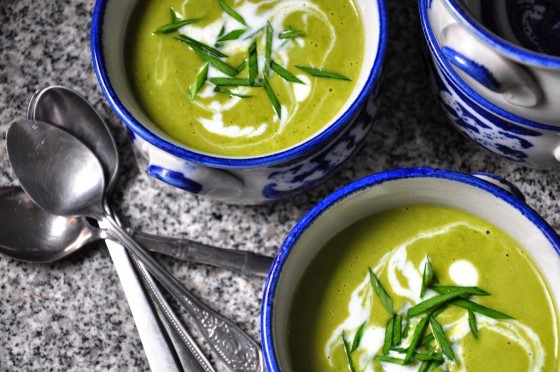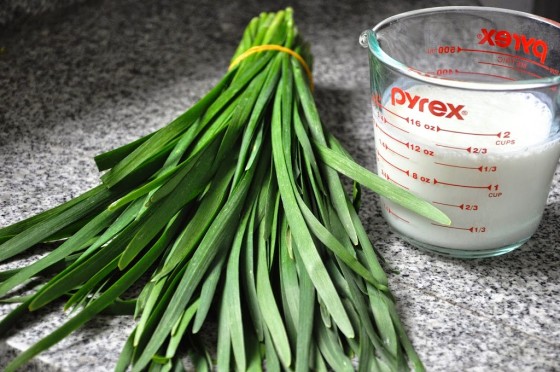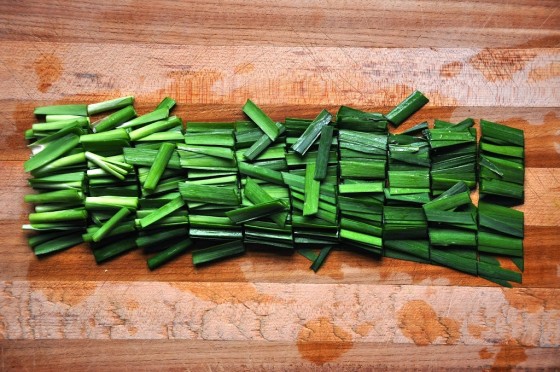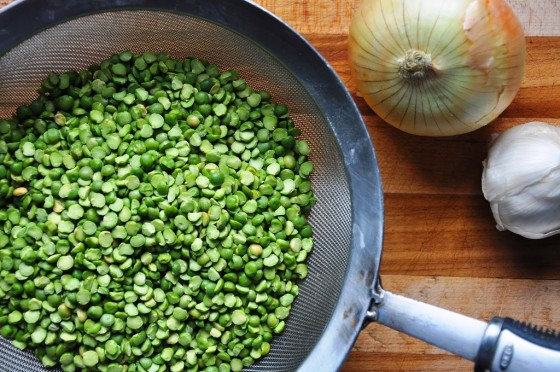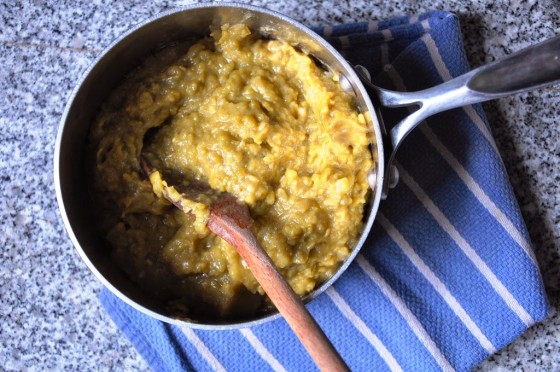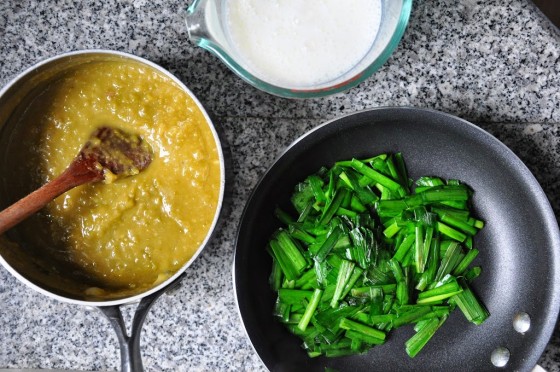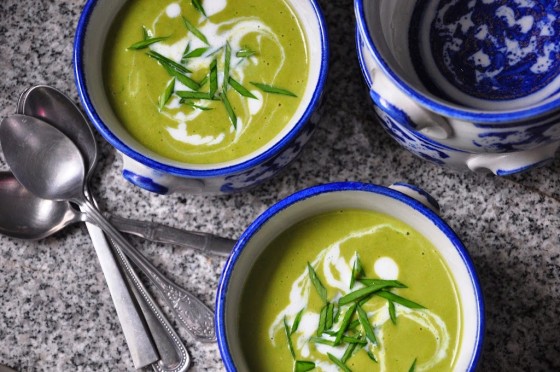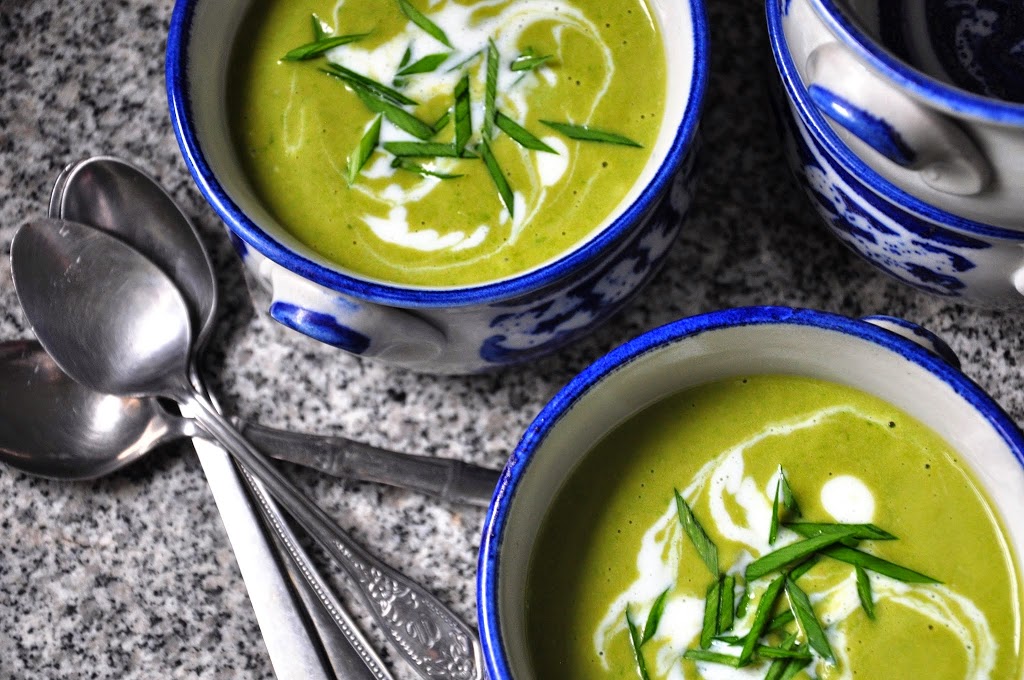If you’re a fan of dim sum, then it’s probable that you and I would get along famously. Whether it’s crispy pan-fried pot stickers, fluffy char siu bao with red barbecue pork, unctuous soup dumplings, steamed lotus leaves with glutinous rice and pork belly, steamed gai lan with oyster sauce, chewy red bean sesame balls or flaky egg tarts, there’s something for everyone…that is, unless you’re vegan. Don’t worry; we can still be friends, just not dim sum friends.
It’s safe to say that if you’ve pulled off your fair share of bamboo steamer baskets and platters from the rickety wheeled carts, there’s also a good chance that you’re familiar with shumai (also siumai or shaomai), the delectably moist pork and shrimp dumplings chock full of Chinese chives, garnished with a dab of orange roe. In Seattle, they are easy to find, whether at the high end Din Tai Fung or any of the small, steamy dim sum houses in the International District.
Also easy to find in these parts are the laundry list of prerequisite ingredients for the somewhat intricate process of making homemade dumplings: shaoxing rice wine, black mushrooms, toasted sesame oil, crispy water chestnuts and fresh ginger. What’s not easy is locating the fresh Chinese chives, emerging only in the spring at Asian markets and ethnic produce stands. Also called garlic chives, gau choy, or nira, the beautifully flat emerald leaves are over a foot long and sold in thick bundles.
Homemade dumplings are one of those traditional, old school foods that are a pain in the ass to make, but well worth the effort (just be sure to invite a few friends over, so someone can appreciate your hard work besides your Instagram followers).
There’s something ritualistic and sacred about setting up a dumpling production line; hand-kneading the supple dough on the countertop, rolling it out into paper thin rounds, and stuffing each with a spoonful of filling, aromatic with rice wine, ginger and garlic. Finally, the hardest step is crimping each one shut with little pinched folds, a skill acquired only over hours of dumpling formation. Then comes the ten longest minutes of your life, while the little pouches steam over simmering water, before being lightly dipped in soy sauce with maybe a splash of black vinegar and a few shards of julienned raw ginger. The filling is tender and juicy, savory and aromatic, encased in its chewy wrapper.
Uggghhhhhh
But unfortunately (for you. And me) this post isn’t about making shumai; it’s about a creamy buttermilk pea soup, made bright green with Chinese chives. The sweet green split peas offer heft; rich in fiber and protein (11g each per serving!), B vitamins and iron, this soup will undoubtedly keep you satiated for hours. The tart buttermilk, leftover from a baking project, lends a creamy texture and acidity, much needed in the otherwise garlicky pea soup.
I’m saving shumai production for another day; perhaps one where there’s less laundry and weeding, errands to run for Grandma and spreadsheets to populate for work. Side note—anyone up for an afternoon dim sum run?
Buttermilk Pea Soup with Chinese Chives
Fresh favas or field peas would be mah-valous; just blanch them until tender and puree with the stock, buttermilk and chives. If you can’t find Chinese chives, use a combo of regular chives and spinach.
Heat 1 tablespoon of the olive oil in a Dutch oven or large pot over medium heat. Add the onion and garlic and sweat for 10 minutes, until translucent. Add the peas and stock (or water), bay leaves and bring to a boil. Reduce the heat to low and simmer for 1½-2 hours, until the peas are completely tender and the soup is thickened; remove from the heat and pull out the bay leaves.
Heat the remaining olive oil in a skillet over high heat. Add the chives and sauté for 2-3 minutes, until bright green and tender. Add the chives and buttermilk to the pea soup, stirring to combine.
Puree the pea soup in batches, until completely smooth. Stir all the soup together adjusting the consistency with water if too thick and add salt to taste. Serve hot or chilled, garnished with a swirl of buttermilk and chopped chives.
